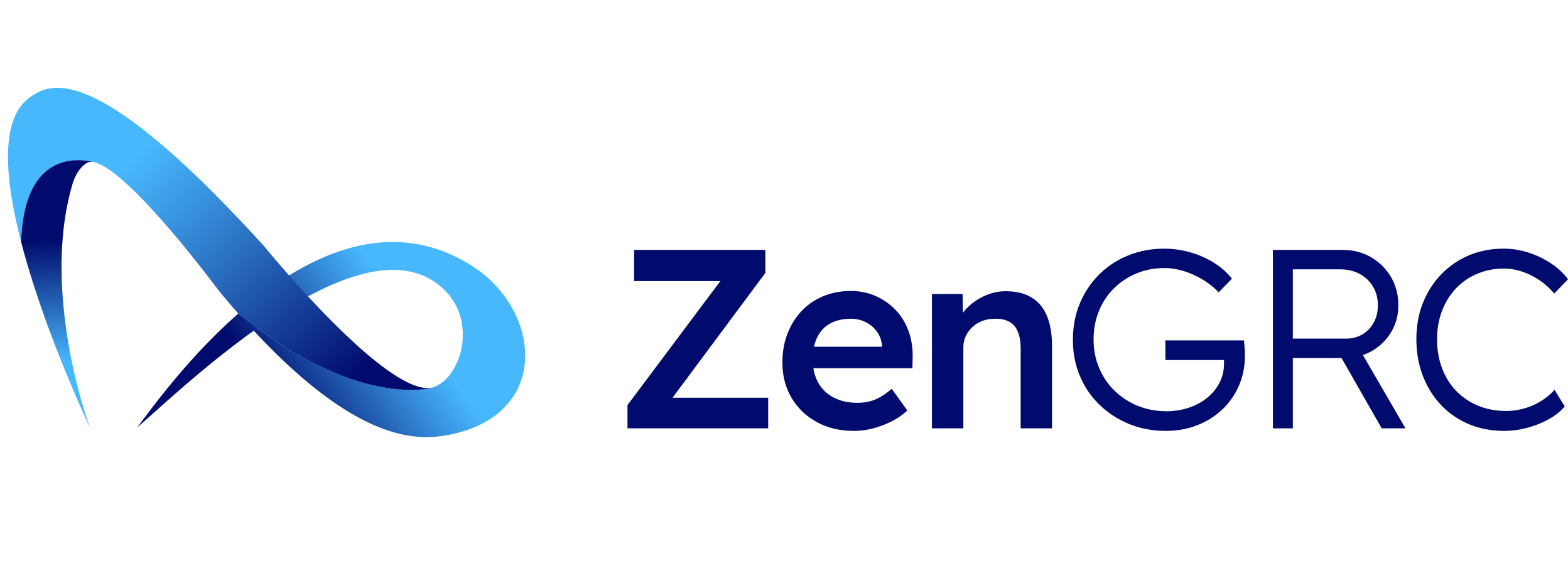
What Are the Benefits of Supply Chain Risk Management?
Key Takeaway
Supply chain risk management (SCRM) protects organizations by identifying vulnerabilities, improving customer satisfaction, and providing competitive advantages through proactive risk mitigation across the entire supply chain lifecycle.
Table of Contents
- What Is Supply Chain Risk Management?
- Why Is SCRM Important?
- Benefits of Supply Chain Risk Management
- How to Implement SCRM
- Frequently Asked Questions
Key Terms
Supply Chain Risk Management (SCRM): The process of identifying, assessing, and mitigating risks throughout the entire supply chain network.
Enterprise Resource Planning (ERP): Integrated software systems that manage business operations including procurement, inventory, and distribution.
Third-Party Risk: Potential threats arising from vendors, suppliers, and external service providers in the supply chain.
Supply Chain Visibility: The ability to track and monitor all components, processes, and stakeholders within the supply chain network.
Introduction
A company’s supply chain encompasses the entire process of acquiring raw materials, making products, and selling goods across every stage of your product lifecycle. This includes the manufacturing and distribution process for both physical and virtual goods, as well as the order management systems necessary to service products.
A properly functioning supply chain is critical to fulfilling customer orders. Potential risks that threaten supply chains include natural disasters, logistical errors, lack of raw materials, late shipments, and pandemics like COVID-19.
What Is Supply Chain Risk Management?
Supply chain risk management (SCRM) is the systematic process of identifying, assessing, and mitigating risks across your entire supply chain network. This includes every step from procurement to inventory management to final distribution.
SCRM requires comprehensive monitoring of all supply chain components. Your enterprise resource planning (ERP) system should include thorough documentation of your entire supply chain ecosystem.
Expert Insight: Companies that implement formal SCRM programs reduce supply chain disruptions by up to 50% compared to those relying solely on vendor risk management policies.
While vendors and service providers maintain their own risk management programs, these policies were designed around their specific goals and may not align with your requirements. Supplier relationships must include contingency plans for supply chain interruptions.
Modern supply chain risk management utilizes specialized software systems rather than traditional spreadsheet methods. SCM software provides centralized information management for complex supply chain operations with multiple moving components.
Why Is Supply Chain Risk Management Important?
Your supply chain forms the core of your business operations. Any interruption can halt daily operations, causing lost profits and irreparable reputation damage.
Organizations must apply the same attention to supply chain management as internal operations. Transparency and visibility across all supply chain components help anticipate issues, identify replacements, and manage customer expectations proactively.
What Are the Key Benefits of Supply Chain Risk Management?
Implementing a comprehensive supply chain risk management program delivers multiple organizational benefits:
How Does SCRM Increase Security?
SCRM programs provide increased security and safety for organizations and customers. Continuous supply chain monitoring enables early vulnerability detection and rapid threat response.
Risk management frameworks facilitate systematic improvement of past practices. This systematic approach helps identify effective strategies and areas requiring enhancement over time.
How Does SCRM Improve Customer Satisfaction?
Well-managed supply chains create positive customer experiences. Regardless of industry, fulfilling client obligations and meeting customer demand remains a primary business goal.
SCRM creates smooth, consistent service delivery that maintains current customer satisfaction while supporting new business acquisition efforts.
What Competitive Advantages Does SCRM Provide?
Secure supply chains build positive organizational reputation and competitive advantages. SCRM streamlines business processes and enables reliable service delivery.
Effective supply chain management saves time and money, allowing cash flow reallocation toward future organizational goals and strategic initiatives.
How to Implement Effective Supply Chain Risk Management
Step 1: Assess Current Supply Chain
Conduct comprehensive mapping of all suppliers, vendors, and distribution channels to identify potential risk points.
Step 2: Establish Risk Criteria
Define risk tolerance levels and establish clear criteria for identifying high, medium, and low-risk suppliers.
Step 3: Implement Monitoring Systems
Deploy technology solutions that provide real-time visibility into supply chain operations and performance metrics.
Step 4: Develop Contingency Plans
Create backup supplier relationships and alternative sourcing strategies for critical supply chain components.
How Can Technology Improve Supply Chain Risk Management?
Modern SCRM requires integrated software solutions that provide comprehensive risk visibility. Traditional spreadsheet methods cannot handle the complexity of modern supply chain networks.
Effective supply chain management software should track risks throughout your supply chain and entire organization, providing a single source of truth for threat assessment and control measures.
Frequently Asked Questions
Q: What is the difference between supply chain management and supply chain risk management?
A: Supply chain management focuses on optimizing operations and efficiency, while supply chain risk management specifically identifies and mitigates potential threats and vulnerabilities across the supply network.
Q: How often should companies review their supply chain risk management strategies?
A: Companies should conduct comprehensive SCRM reviews quarterly, with continuous monitoring of high-risk suppliers and critical supply chain components on a monthly or weekly basis.
Q: What are the most common supply chain risks organizations face?
A: The most common risks include supplier financial instability, natural disasters, transportation delays, quality control issues, cybersecurity threats, and regulatory compliance violations.
Q: How can small businesses implement supply chain risk management without large budgets?
A: Small businesses can start with basic supplier assessments, establish key supplier relationships, create simple contingency plans, and gradually invest in affordable SCRM software solutions as they grow.
Q: What metrics should organizations track for effective supply chain risk management?
A: Key metrics include supplier performance scores, on-time delivery rates, quality incident frequency, financial stability indicators, and risk assessment completion rates across the supplier network.
About ZenGRC
Your supply chain risk management system represents only one portion of your company’s overall risk management program. Effective organizational protection requires systems that track risk throughout your supply chain and entire company.
ZenGRC provides risk management software solutions that deliver a single source of truth: every threat, control measure, and risk assignment in one centralized platform. With simple automation and user-friendly interfaces, ZenGRC tracks immediate organizational risks and third-party vendor risks in real-time, making it ideal for comprehensive supply chain risk management.
This document provides comprehensive guidance on the benefits and implementation of supply chain risk management for organizations of all sizes.
